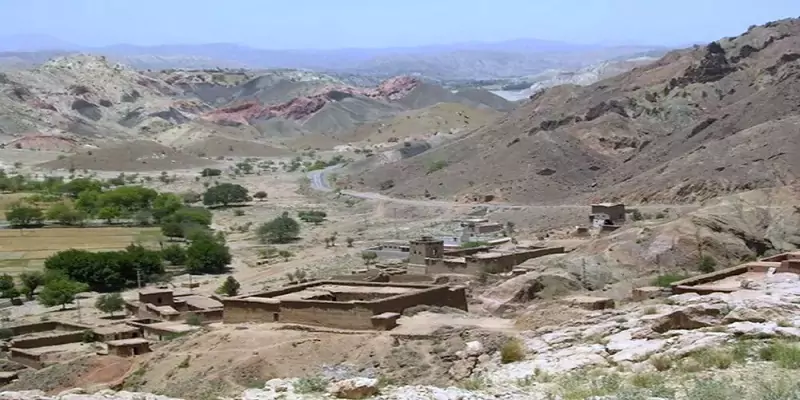Hellís of South Waziristan
South Waziristan, often referred to as "Hell’s Door Knocker," stands as a region with a complex and multifaceted history deeply intertwined with the broader geopolitical landscape of northwestern Pakistan. Nestled along the western border, this area has borne witness to significant historical events, shaping its destiny and playing a crucial role in regional dynamics. To comprehensively understand South Waziristan – Hell’s Door Knocker, one must delve into its historical background, geographical features, the cultural tapestry of its Pashtun tribes, and the formidable challenges it has faced over the years.
Geographically, South Waziristan presents a formidable landscape characterized by rugged mountains, deep valleys, and arid expanses. Sharing borders with Afghanistan to the west and South Khyber Pakhtunkhwa province to the east, the region's topography poses a challenging environment for human habitation. The stark beauty of its undulating terrain, though harsh, contributes to the unique charm that defines South Waziristan.
Historically, South Waziristan has been home to diverse Pashtun tribes, including the Wazir and Mahsud tribes, each preserving its distinct identity and cultural practices. The tribal structure, governed by traditional councils known as jirgas, has played a pivotal role in maintaining order and resolving disputes for centuries. This intricate social fabric has fostered resilience among local communities, creating a strong sense of identity and unity.
The geopolitical significance of South Waziristan, or "Hell’s Door Knocker," cannot be overstated. Throughout history, it has served as a crossroads for various civilizations, witnessing the influences of the Persian, Greek, and Mughal empires. In the modern era, the region gained prominence during the Afghan-Soviet War in the 1980s, becoming a focal point for the Afghan mujahideen and foreign fighters resisting the Soviet occupation. The influx of weapons and radical ideologies during this period left an indelible mark on South Waziristan, shaping its trajectory in the years to come.
Recent history has seen South Waziristan become a hotbed for militant activity, serving as a sanctuary for groups like the Tehrik-i-Taliban Pakistan (TTP) and Al-Qaeda. The porous border with Afghanistan facilitated the movement of militants across the region, posing a significant security challenge for Pakistan and its international allies.
The Pakistani government, recognizing the urgent need to address the rising militancy, initiated military operations in South Waziristan. Operation Rah-e-Nijat in 2009 aimed to eliminate extremist elements and establish state control. However, these operations resulted in significant displacement and infrastructural damage, leaving a lasting impact on the local population. Subsequent rehabilitation efforts focused on rebuilding infrastructure, providing healthcare and education, and addressing the grievances of the affected communities.
Culturally, South Waziristan boasts a rich heritage shaped by the traditions of its Pashtun inhabitants. The region is renowned for its vibrant music, dance, and oral storytelling traditions that mirror the resilience and spirit of its people. Pashto, the predominant language, serves as a key element of cultural identity, fostering unity among the diverse tribes.
Despite the formidable challenges, South Waziristan has witnessed positive transformations in recent years. The government's initiatives to improve infrastructure, healthcare, and education have begun to yield positive results. The return of displaced populations and the gradual restoration of normalcy reflect the resilience of local communities and their commitment to rebuilding their lives.
In conclusion, South Waziristan – Hell’s Door Knocker stands as a region with a turbulent yet captivating history, deeply embedded in the geopolitical dynamics of the region. Its geographical features, cultural richness, and historical significance make it a compelling area to explore. As the region continues to navigate the challenges of the present and strives for a more stable future, understanding the intricacies of South Waziristan becomes essential for fostering peace, development, and prosperity in this historically significant part of Pakistan.

